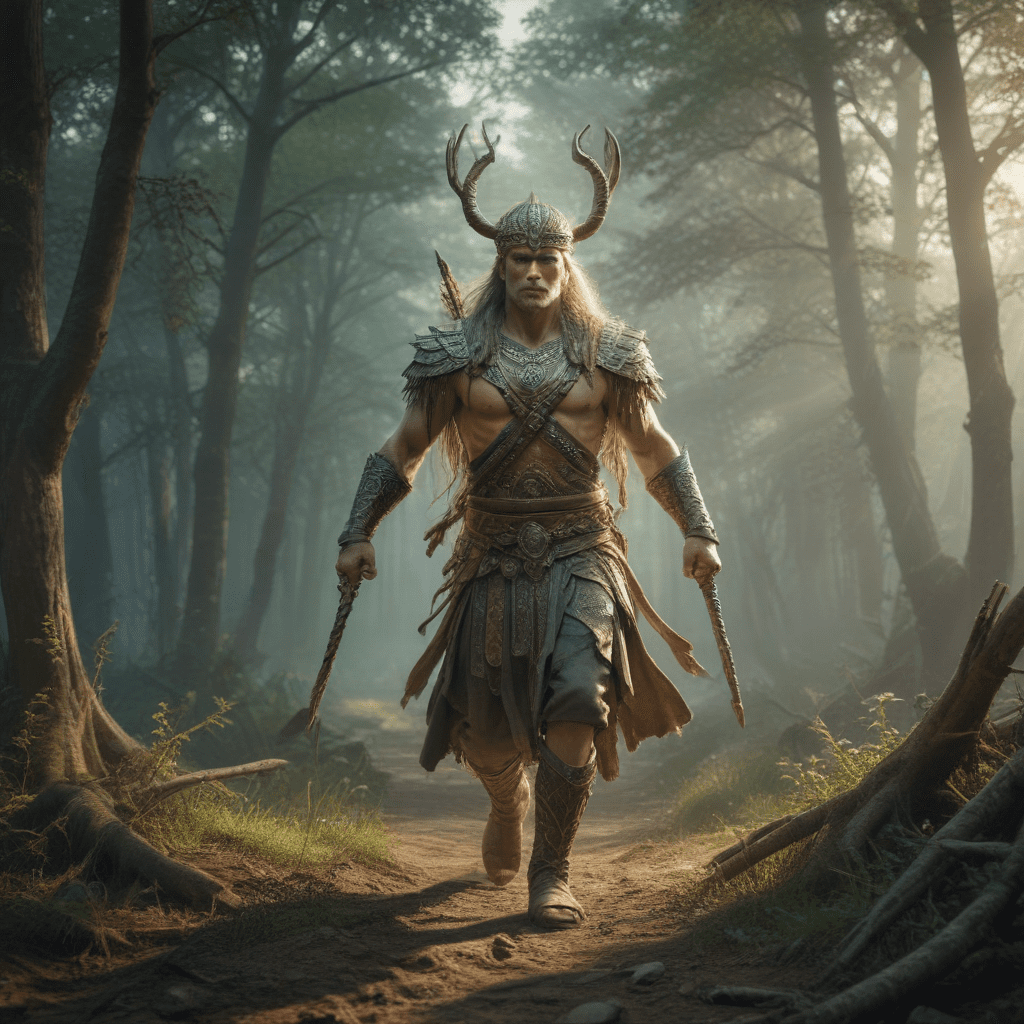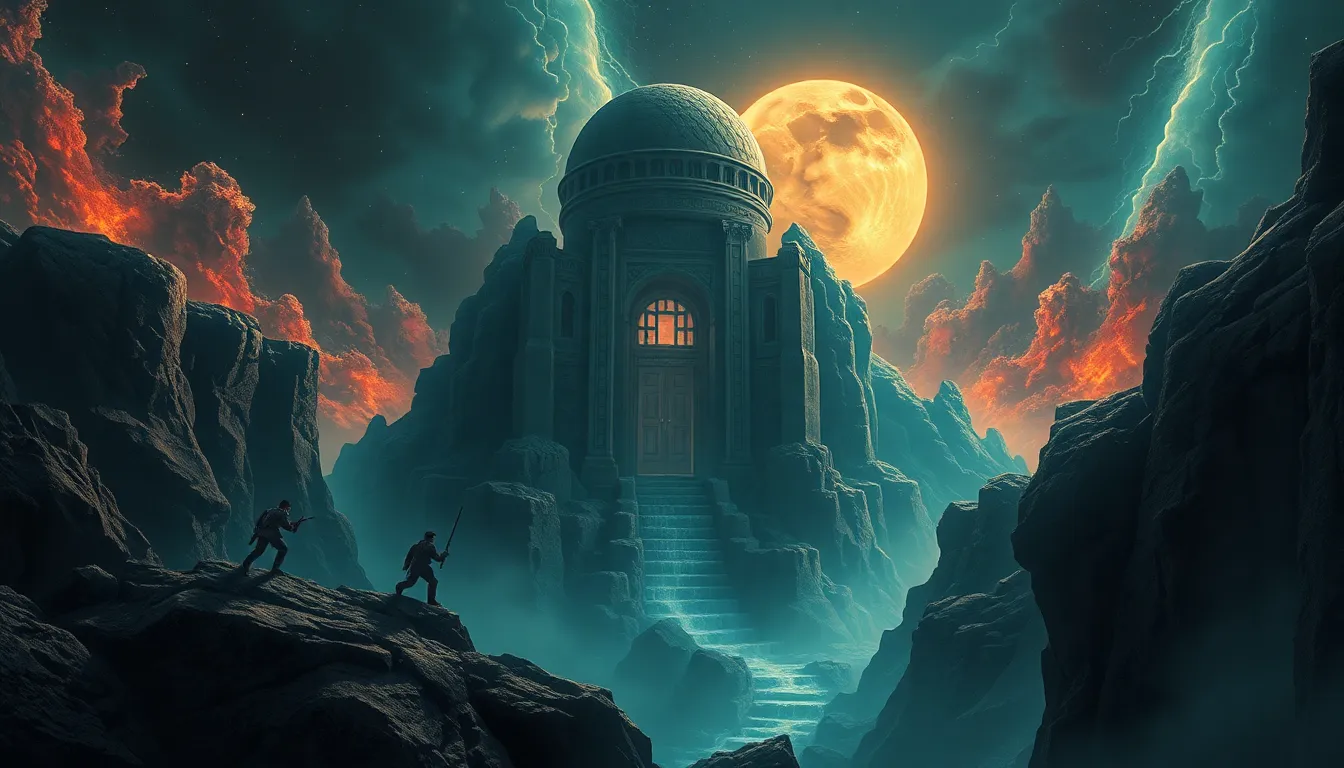Slavic Mythology: Tales of Resilience and Endurance
I. Introduction
Slavic mythology is a vibrant tapestry of folklore that has been passed down through generations of Slavic people. These tales are more than just entertaining stories; they embody the struggles, triumphs, and resilience of the Slavic people. They offer insights into the Slavic worldview, their beliefs about the natural world, and their coping mechanisms during times of hardship.
II. The Gods and Goddesses of Slavic Mythology
At the heart of Slavic mythology lies a pantheon of gods and goddesses who personify the forces of nature and human experience. Perun, the god of thunder and lightning, rules the skies. Veles, the god of the underworld and cattle, represents the earth's fertility and wealth. Mokosh, the goddess of fate and women's work, oversees the cycles of life and death. These deities embody the Slavic people's reverence for nature and their belief in the interconnectedness of all things.
III. The Supernatural Beings of Slavic Folklore
Slavic folklore is replete with a myriad of supernatural beings, each with its unique characteristics and powers. Baba Yaga, the fearsome witch of the forest, is a guardian of the underworld. Rusalka, the vengeful water spirit, protects her watery domain. Domovoi, the household guardian, ensures the well-being of the family home. These beings reflect the Slavic people's belief in the existence of a realm beyond human comprehension, where both good and evil forces reside.
IV. Tales of Resilience and Endurance
Slavic mythology abounds with tales that showcase the resilience and endurance of the Slavic people in the face of adversity. Vasilisa the Beautiful, a young orphan girl, overcomes countless challenges with her courage and determination. The Firebird, a mythical bird of great power, represents the quest for impossible things. The Serpent-Princess, a fierce warrior, fights against evil to protect her people. These stories serve as a reminder that even in the darkest of times, there is always hope and the possibility of triumph.
V. The Importance of Storytelling
Storytelling has always played a vital role in Slavic culture. Oral tradition has served as a repository of cultural history, passing down tales and legends from one generation to the next. During times of hardship, storytelling provided a coping mechanism, allowing people to process their experiences and find solace in the shared stories of their ancestors. Through these tales, the Slavic people have preserved their history, their beliefs, and their indomitable spirit.
VI. Slavic Rituals and Beliefs
Slavic mythology is closely interwoven with a rich tapestry of rituals and beliefs that have shaped Slavic culture for centuries. Kupala Night, a festival celebrated during the summer solstice, pays homage to the sun god Kupalo and symbolizes fertility, love, and purification. Maslenitsa, the festival of pancakes, marks the end of winter and the arrival of spring, bringing joy and a sense of renewal. Obereg, protective amulets and symbols, are used to ward off evil spirits and bring good fortune. These rituals and beliefs reflect the Slavic people's deep connection to their natural surroundings and their belief in the supernatural world.
VII. Slavic Mythology's Influence on Modern Culture
The enduring legacy of Slavic mythology can be seen in its profound influence on modern culture. Literature, art, and music have drawn inspiration from Slavic folklore, creating iconic characters and narratives that resonate with audiences around the world. From the epic poetry of Adam Mickiewicz to the fantastical tales of Andrzej Sapkowski, Slavic mythology continues to shape the imaginations of writers and artists. Its influence extends to the realm of fantasy and science fiction, with elements of Slavic folklore appearing in popular works such as "The Witcher" series and the "Game of Thrones" franchise.
VIII. Comparative Mythology
Slavic mythology shares striking similarities with other Indo-European mythologies, reflecting common origins and cultural connections. The pantheon of Slavic gods and goddesses bears resemblance to those found in Greek, Roman, and Norse mythologies. Themes of creation, destruction, and rebirth echo throughout Indo-European folklore, suggesting a shared understanding of the cosmic cycle. The comparative study of mythology provides valuable insights into the development of human thought and the universal nature of storytelling.
IX. Conclusion
Slavic mythology is a testament to the resilience and endurance of the Slavic people throughout history. Its tales of courage, determination, and triumph offer inspiration and hope, reminding us of the indomitable human spirit. The gods, goddesses, and supernatural beings of Slavic folklore embody the complexities of human nature, the power of nature, and the enduring belief in the unseen. By preserving and celebrating these tales, we honor the legacy of our ancestors and gain a deeper understanding of our shared cultural heritage.
FAQ
What are the main themes of Slavic mythology?
Resilience, endurance, nature, supernatural beings, and the human experience.
Who are the most important gods and goddesses in Slavic mythology?
Perun (thunder and lightning), Veles (underworld and cattle), and Mokosh (fate and women's work).
What is the significance of storytelling in Slavic culture?
It preserves cultural history, provides a coping mechanism, and fosters a sense of identity.
How has Slavic mythology influenced modern culture?
It has inspired literature, art, music, fantasy, and science fiction.
What are some examples of Slavic rituals and beliefs?
Kupala Night (fertility and purification), Maslenitsa (end of winter), and Obereg (protective amulets).



